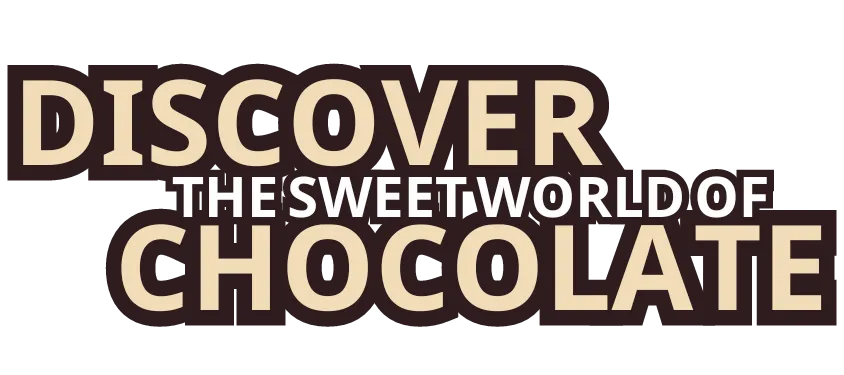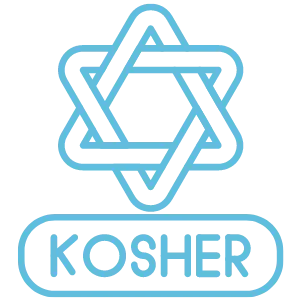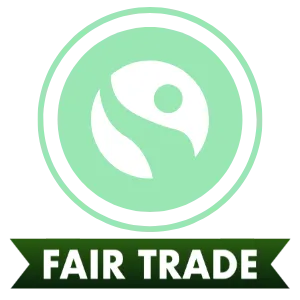


404 error
WHOOPS! THE CHOCOLATE IS MELTING!
Don't worry, we'll help you find your way back to the sweet stuff.
Head back to the home page or check out our shop for delicious treats.
Remember, the best adventures always have a little detour! 🍫✨
tour MAP

Working Factory: Not all areas may be open or in production at all times.
Safety First: Closed-toed shoes are mandatory throughout the tour.
tour highlights
Introduction Video: Start with a captivating video sharing the rich history and innovation of Kimmie Candy.
Interactive Experience: Feel free to ask questions at any point during the tour—our knowledgeable guides are here to help.
Explore Magical Rooms: Visit up to a dozen of our favorite rooms, each with its unique charm, such as:
The Choco Lentil Creation Station!
The Candy Carousel Room!
Color creation lab!
hot coco room!
nutty roasting zone!
and more!
Join us at the Kimmie Candy Factory for an unforgettable journey through a world of sweetness and wonder. Whether you're young or young at heart, our tour promises a delightful experience that will leave you craving more.
Spaces are limited to 15 participants per tour, so be sure to check available times and book your spot today!









